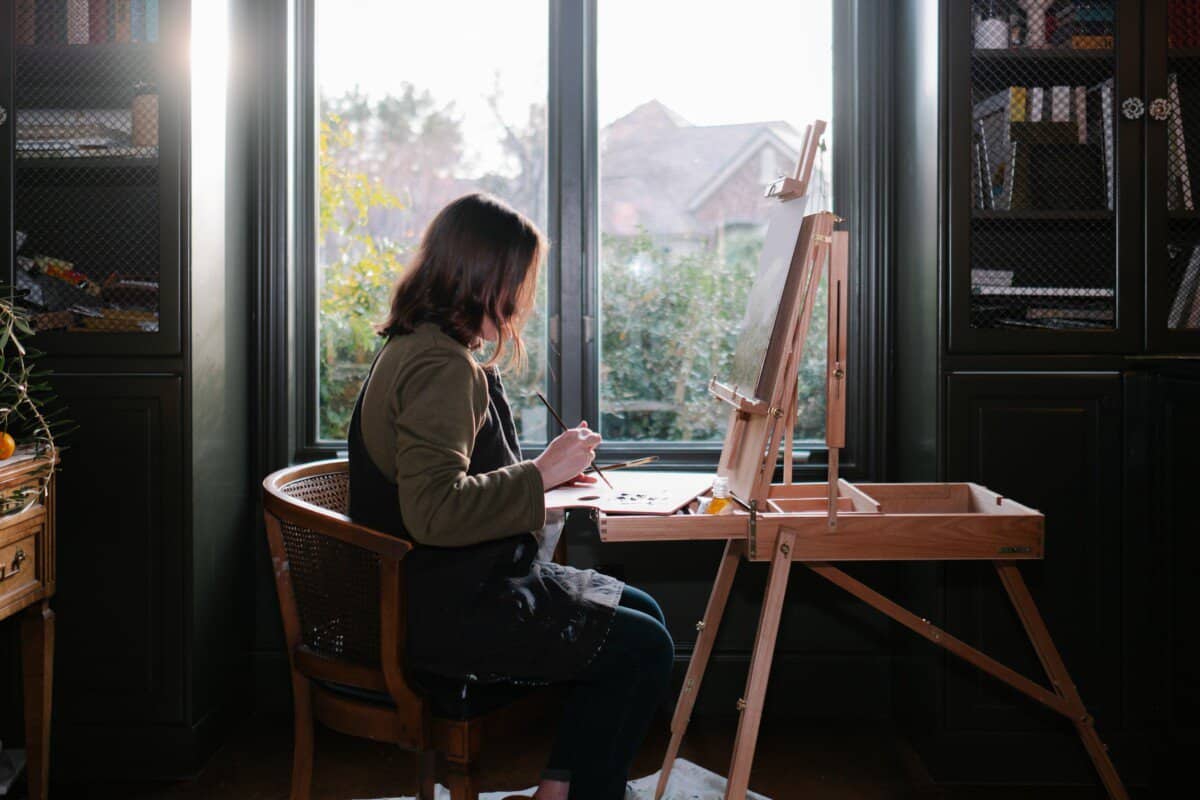The connection between creativity, sensitivity, and suffering has long been explored by artists, writers, and musicians. Many creative people are known for their heightened sensitivity, which can lead to great emotional depth and pain.
In a recent episode of the Tim Ferriss Show, Dr. Gabor Maté discussed the link between sensitivity, creativity, and suffering.
Dr. Maté, a well-known addiction expert, believes that many creative people experience great pain due to their heightened sensitivity, which can lead to addictive behaviors and other self-destructive coping mechanisms. However, he also suggests that this sensitivity can lead to greater creativity and emotional depth in their work.
As a musician, artist, or creative enthusiast, you may be familiar with the challenges and rewards of this sensitivity in your own life and work.
In this blog post, we’ll explore the complex relationship between sensitivity, creativity, and suffering and how it may resonate with your own experiences as a creative.
- The Link Between Creativity & Sensitivity
- The Dark Side of Creativity
- Coping Mechanisms for Suffering
- Embracing Sensitivity & Creativity
- The Connection Between Creativity & Mental Health
- Related Questions
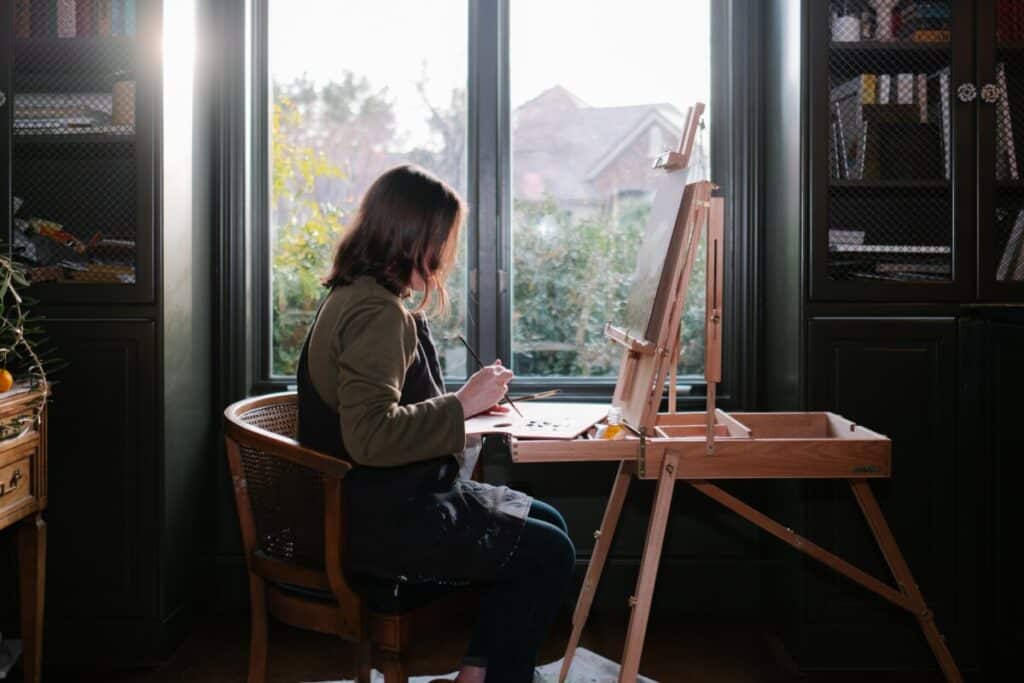
THE LINK BETWEEN CREATIVITY & SENSITIVITY
Have you ever been told that you’re too sensitive? As a creative person, you may find that your emotions are heightened and that you experience the world more deeply than others. This is what sensitivity means—perceiving and feeling things intensely.
This sensitivity can be both a blessing and a curse for many creatives. On the one hand, it allows you to access and express deep emotions in your work, resulting in powerful and evocative art. On the other hand, it can also lead to greater vulnerability to pain and suffering.
Dr. Gabor Maté suggests that sensitivity is linked to both pain and creativity. He argues that the most creative people often have the most pain, which is why many of them turn to self-destructive coping mechanisms like an addiction. However, this pain and sensitivity can also be channeled into great art.
Consider Vincent van Gogh, known for his intense sensitivity and emotional depth (and for cutting off his own ear). His paintings are characterized by bold brushstrokes and vibrant colors, conveying a sense of emotion that is almost palpable. Similarly, Sylvia Plath’s poetry was deeply personal and emotionally raw, reflecting the intense pain and suffering she experienced in her life.
Of course, not all creatives are known for their sensitivity, and not all sensitive people are creatives. However, for many artists, musicians, and writers, their sensitivity is integral to their creative process. It allows them to access the depths of human emotion and to express it in a way that resonates with others.
At the same time, sensitivity can also impact their personal lives. Highly sensitive people may struggle with anxiety, depression, and other mental health issues and may find it difficult to cope with the demands of everyday life. However, sensitivity can also be a source of strength and creativity with the right support and coping mechanisms.
The link between creativity and sensitivity is complex and multifaceted. While sensitivity can magnify both pain and creativity, it can also be a source of great artistic expression and emotional depth. As a creative person, it’s important to recognize and embrace your sensitivity while also taking care of your mental health and seeking support when needed.

THE DARK SIDE OF CREATIVITY
While creativity and sensitivity can be positive traits that lead to deep emotional connections with others, they can also have a darker side. Heightened emotions and sensitivity often accompany creativity, leading to greater vulnerability to mental health issues like depression and anxiety. This topic is particularly important to discuss, as artists and creatives are known to experience higher rates of mental health issues than the general population.
Studies have shown that there is indeed a link between creativity and mental health issues. A series of studies collated in Scientific American found that people who work in creative professions, such as music, art, and writing, are more likely to experience bipolar disorder than those in non-creative professions. Another study published by researchers at the Yale Center for Emotional Intelligence found that artists are more likely to experience depression and anxiety than non-artists.
The pain and suffering that some creatives experience can also manifest in their art, and this can be both cathartic and a form of expression. Many artists and musicians have used art to cope with pain and express their emotions. For example, Frida Kahlo, one of the most famous artists of the 20th century, is known for her paintings that depict her physical and emotional pain. Her art allowed her to express her suffering in a therapeutic and beautiful way.
Similarly, many musicians have used their music to cope with pain and connect with others. For example, Kurt Cobain, the lead singer of Nirvana, is known for his raw and emotional lyrics expressing his sadness, anger, and despair. His music resonated with many people who were also struggling with their mental health, and it helped them to feel less alone.
It’s important to acknowledge the dark side of creativity and encourage artists and creatives to seek help when needed. If you’re struggling with your mental health, know that you’re not alone and that resources are available to help you. Reach out to a therapist, counselor, or trusted friend or family member for support. And remember, your pain and suffering can also be a source of inspiration and beauty in your art. Use it to create something meaningful and powerful.
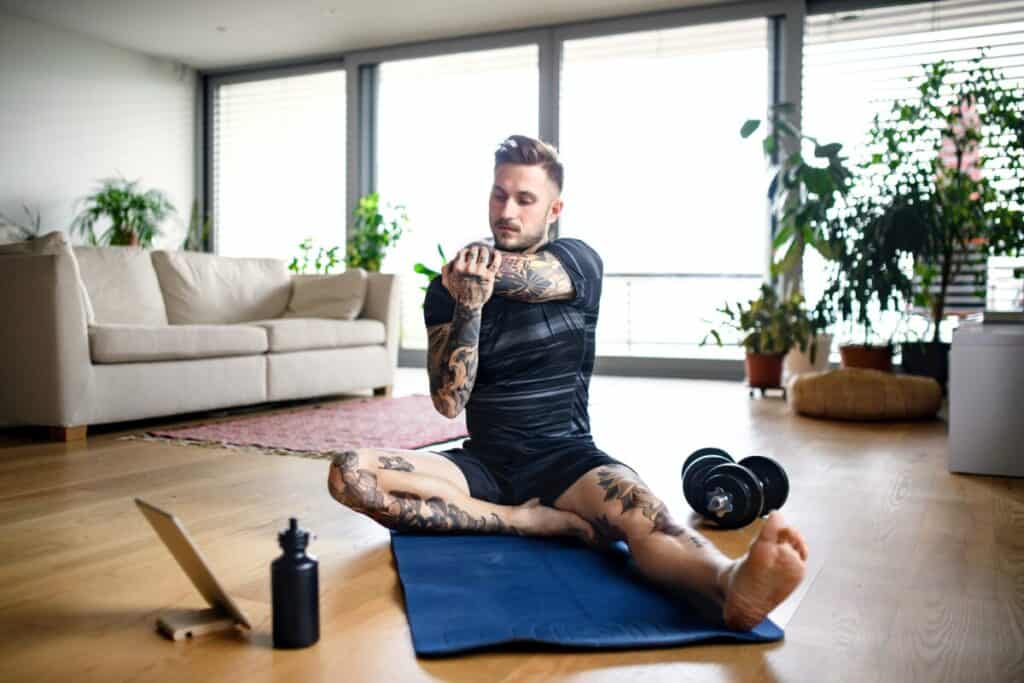
COPING MECHANISMS FOR SUFFERING
It’s no secret that many creatives struggle with mental health issues and emotional pain. Studies have shown that artists and musicians may be more prone to these challenges than the general population. While sensitivity and creativity can be wonderful gifts, they can also come with a heavy burden of suffering.
Unfortunately, some creatives use unhealthy coping mechanisms to deal with this pain. Substance abuse, in particular, can be a common issue for musicians and artists looking to numb their emotions. We’ve all heard the tragic stories of famous musicians who lost their lives to drug addiction, and while these cases may be extreme, they highlight the dangers of using substances to cope with emotional pain.
So, what are some healthier ways that creatives can cope with their emotions and pain?
THERAPY
Therapy is a powerful tool that can help creatives manage emotional pain and mental health issues. By working with a therapist, you can better understand your emotions, develop effective coping strategies, and build a stronger sense of self-awareness. A therapist can provide a safe and supportive space to explore difficult emotions and offer guidance and feedback as you navigate your creative work.
Whether you’re dealing with anxiety, depression, trauma, or other mental health challenges, therapy can be essential to your overall well-being. Don’t hesitate to contact a mental health professional if you’re struggling—it’s a brave and important step toward healing.
MINDFULNESS
Mindfulness practices, such as meditation and yoga, can be powerful tools for creatives looking to manage their emotions and enhance their creativity. You can develop a more compassionate and non-judgmental relationship with yourself by cultivating a greater awareness of your thoughts and feelings. This can help to reduce feelings of shame or self-blame, which can be particularly challenging for creatives who are often their own worst critics.
When you approach your creative work with a greater sense of ease and clarity, you may find that you are more productive and inspired. Additionally, mindfulness practices can help you to tap into your intuition and connect with your inner wisdom, which can be invaluable for anyone seeking to express themselves creatively.
SELF-CARE
In addition to therapy and mindfulness practices, self-care can be a powerful way for creatives to manage their emotions and cultivate greater well-being. Regular exercise, for example, can help release endorphins and reduce feelings of stress or anxiety. Spending time in nature can also be incredibly restorative, allowing you to connect with something larger than yourself and gain perspective on your struggles.
Staying healthy can be a difficult task for some musicians—especially while on tour. Check out our guide for How To Stay Healthy On Tour: A Guide For Musicians.
Engaging in creative hobbies outside of your primary work can provide a much-needed outlet for self-expression and playfulness. By incorporating these self-care practices into your life, you can create a more balanced and fulfilling lifestyle that supports your creativity and sensitivity rather than overwhelming them.
Of course, there is no one-size-fits-all approach to coping with emotional pain. What works for one person may not work for another, and it’s important to find the strategies that work best for you. However, by prioritizing your mental and emotional health and seeking out support when you need it, you can develop the tools to manage your sensitivity and creativity in a healthy and sustainable way.
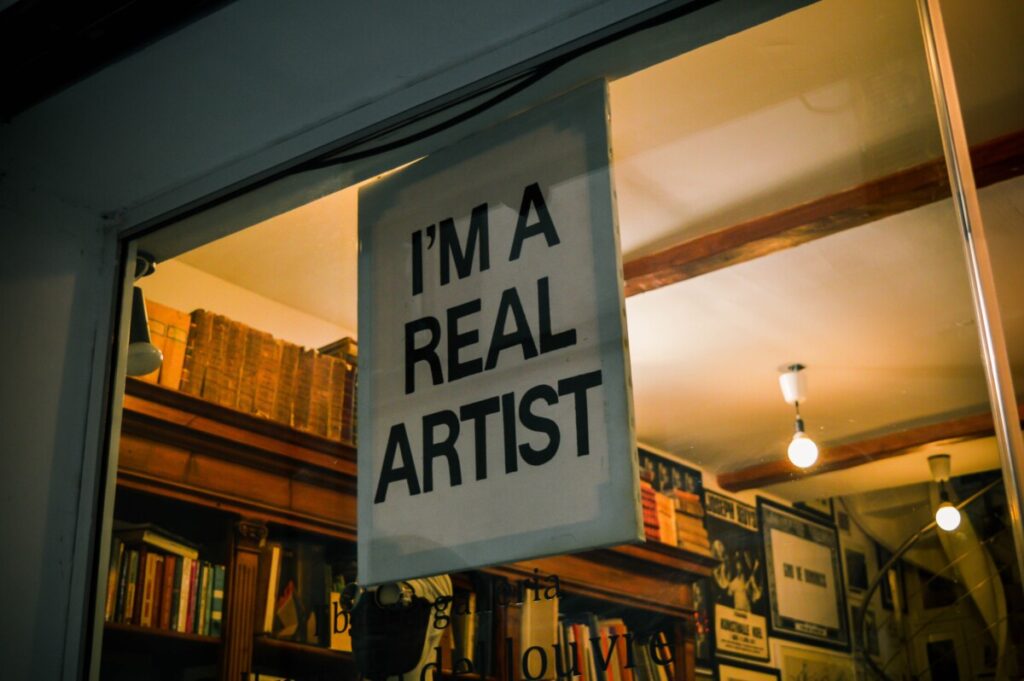
EMBRACING SENSITIVITY & CREATIVITY
Congratulations! By reading this far, you have already taken the first step towards embracing your sensitivity and creativity. It’s important to remember that while these traits can bring great joy and fulfillment, they can also come with challenges and struggles. The good news is that there are strategies and tips you can use to cope with the potential negative aspects of sensitivity and creativity.
PRACTICE SELF-COMPASSION
First and foremost, it’s important to practice self-compassion. This means treating yourself with kindness and understanding rather than judgment and criticism. You can do this by reminding yourself that it’s okay to feel overwhelmed or emotional at times and that your sensitivity and creativity are valuable strengths. Try to talk to yourself like you would talk to a dear friend going through a difficult time.
By practicing self-compassion, you can build resilience and better cope with the ups and downs of creativity and sensitivity.
SEEK SUPPORT FROM OTHERS
Another important strategy is to seek support from others. This can mean talking to friends, family, or a therapist about your experiences. Sometimes just having someone to listen and offer support can make a big difference.
Collaborating with other musicians can be a productive way to feel support from others. Check out our list of the Essential Benefits of Collaborating with Other Musicians.
Additionally, joining a community of creatives can provide a sense of belonging and connection and opportunities for collaboration and inspiration.
VIEW SENSITIVITY IS A STRENGTH
Finally, viewing your sensitivity and creativity as strengths rather than weaknesses is important. Remember that these traits make you unique and allow you to create meaningful work that resonates with others. You can tap into your full creative potential by embracing your sensitivity and creativity and positively impact the world.
Ultimately, sensitivity and creativity are complex and multifaceted traits that can bring both joy and pain. By practicing self-compassion, seeking support from others, and embracing your sensitivity and creativity as strengths, you can better cope with the challenges and create work that truly reflects who you are as a creative. So embrace your sensitivity and creativity, and see where it takes you!
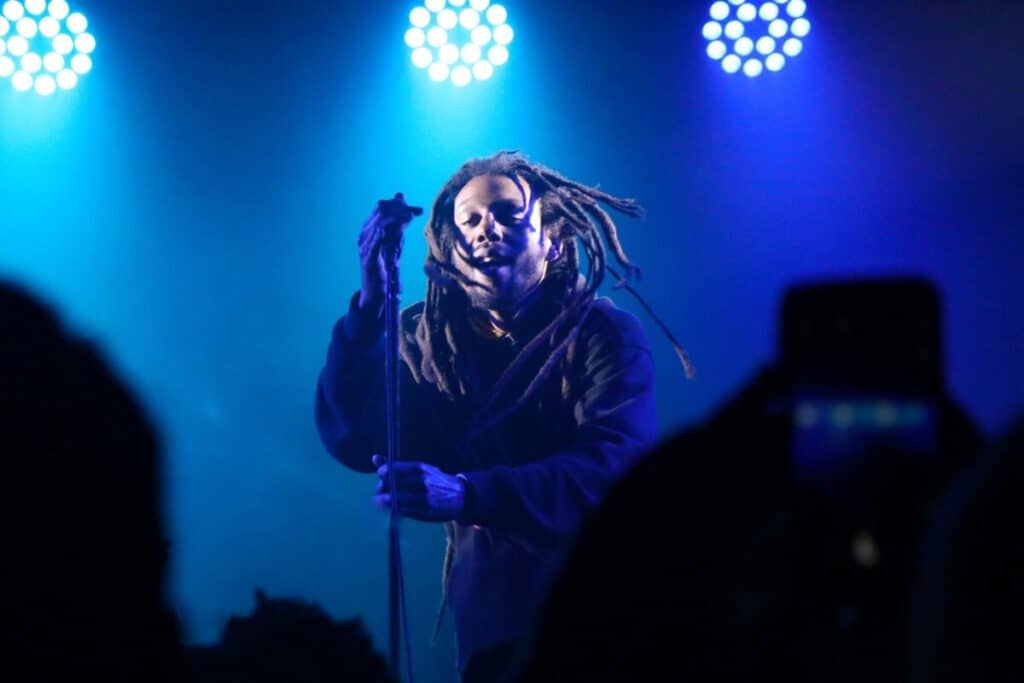
THE CONNECTION BETWEEN CREATIVITY & MENTAL HEALTH
We’ve explored a lot in this article, from the link between creativity and sensitivity to the potential dark side of these traits, including the suffering that some creatives experience. But despite these challenges, it’s important to remember that sensitivity and creativity can also be sources of great joy, inspiration, and meaning in our lives.
If you’re a musician, artist, or creative enthusiast, I encourage you to continue exploring this topic and to connect with others in the creative community. Share your experiences and insights, and listen to the stories of others. You never know what you might learn or discover about yourself and your own creative journey.
Are you starting a creative career as a musician? Check out our guide on How To Start A Successful Music Career At Any Age.
Remember that sensitivity and creativity are not weaknesses but strengths that can be harnessed to create powerful, transformative work. So embrace your sensitivity and let your creativity shine, even in the face of adversity. And always remember to practice self-compassion, seek support when needed, and take care of yourself, body, and mind.
Thank you for joining me in exploring creativity, sensitivity, and suffering. May you find beauty, truth, and meaning in your creative endeavors and continue to grow and evolve as a person and artist.
RELATED QUESTIONS
How does creativity affect mental health?
Creative people may be more prone to certain mental health issues like depression, anxiety, and bipolar disorder. However, creativity can also be a form of self-expression and a way to process difficult emotions, which can be therapeutic.
What are some healthy coping mechanisms for creative people?
Healthy coping mechanisms for creatives may include therapy, mindfulness practices, exercise, self-care routines, and support from loved ones and the community.
Can sensitivity and creativity be developed over time?
While some people may be naturally more sensitive or creative than others, these traits can also be developed and nurtured through practice, exploration, and self-discovery.
How can creatives balance the need for emotional depth with the potential risks of suffering?
Finding a healthy balance between emotional depth and potential risks of suffering may require self-awareness, self-care, and seeking support from others. This can involve setting healthy boundaries, practicing self-compassion, and engaging in activities that bring joy and fulfillment outside of creative pursuits.
What is the role of empathy in creativity and sensitivity?
Empathy, or the ability to understand and connect with the emotions of others, may be a key aspect of both creativity and sensitivity. Empathy can help creatives tap into deep emotions and connect with their audiences in a meaningful way, but it can also lead to emotional exhaustion or burnout if not managed properly.
For more industry tips and music marketing hacks, check out Ennui Magazine. You can also follow us on Facebook, Twitter, Instagram, Pinterest, and YouTube.
